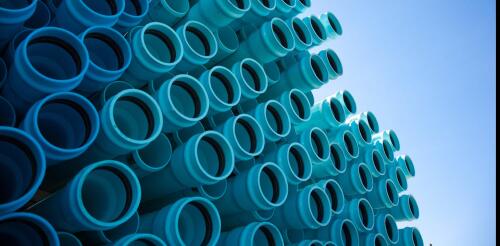Lead pipes
Flint, Michigan, made headlines in 2015 when tests revealed dangerously high lead levels in its drinking water. The city had switched its water supply to the Flint River a year earlier, and corrosive water had damaged aging lead pipes, exposing thousands of people to lead contamination. The result was a human health crisis that residents are feeling the effects of to this day. And Flint was only the tip of the iceberg. The EPA estimates that 9.2 million service lines that deliver drinking water to U.S. homes and businesses are made of lead. The federal government considers replacing these lead pipes a top priority and has launched a variety of initiatives to help, including the 2021 Infrastructure Law, which committed US$15 billion over five years to lead pipe replacement. The EPA is now proposing to require the removal of lead pipes across the U.S. within 10 years. The agency has been silent, however, regarding what should replace lead....
Recruiting participants for a citizen science project produced a more diverse group when people were signed up through partner organizations, such as schools and faith-based organizations, than when they joined on their own. We used this approach to recruit volunteers for Crowd the Tap, a citizen science initiative that crowdsources the locations of lead plumbing in homes. We signed up 2,519 households through partner organizations, in addition to 497 households that signed up on their own. We recruited households from all 50 states, though the majority came from North Carolina. Our project was initially funded by the Environmental Protection Agency, which led to nationwide sampling, but additional funding from the North Carolina Water Resources Research Institute led to prioritizing sampling in North Carolina. We recruited 2.2 times more Black participants and 2.3 times more Hispanic or Latino participants through partnerships than we did through individual sign-ups. This allo...

